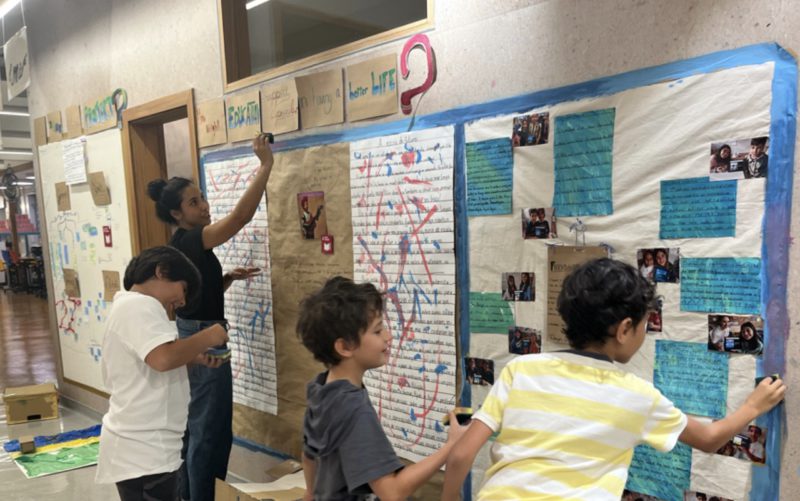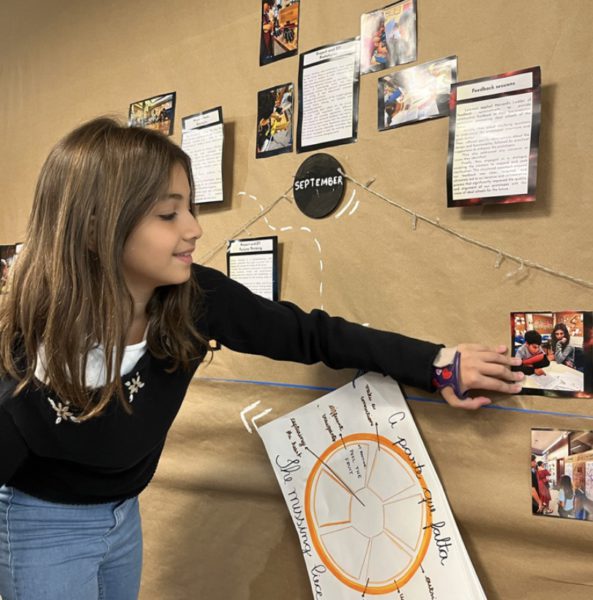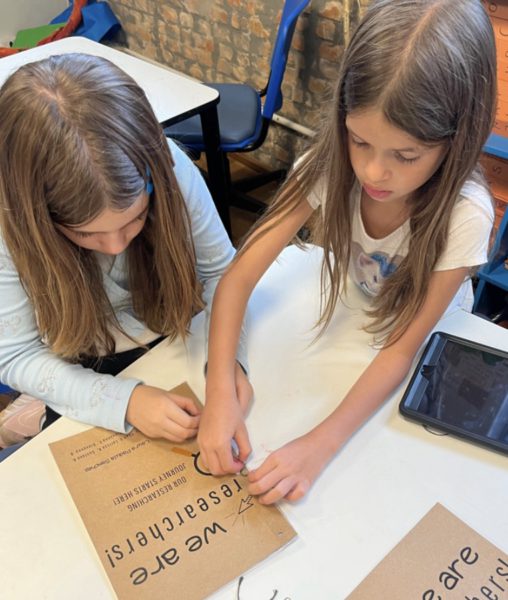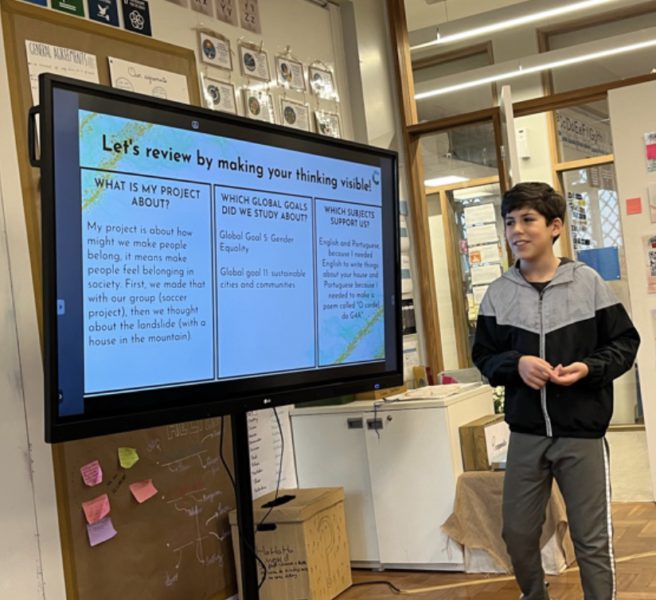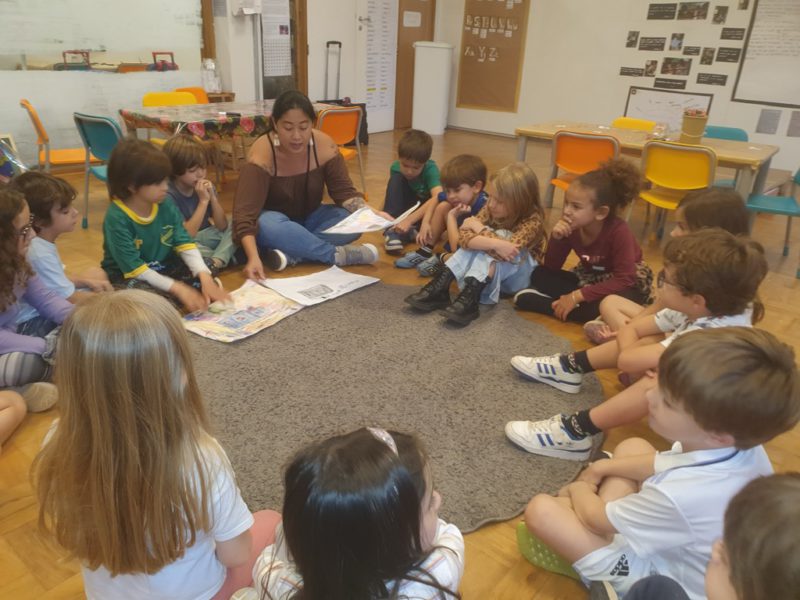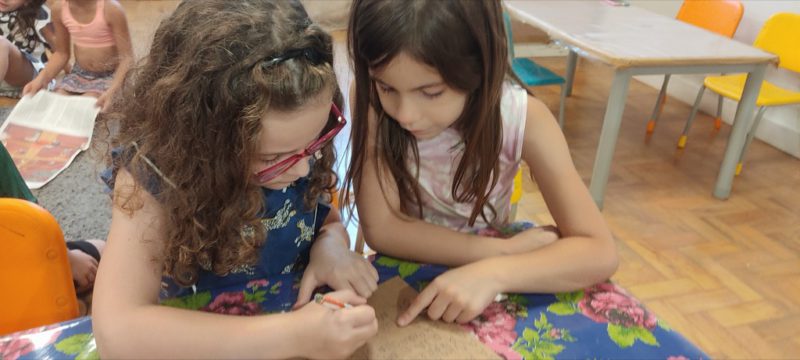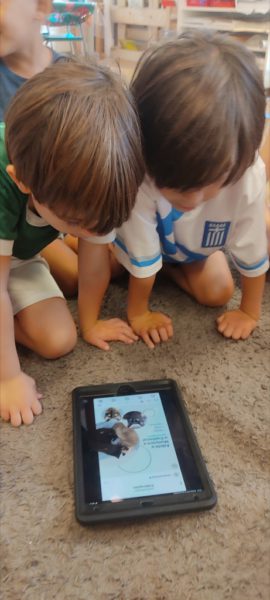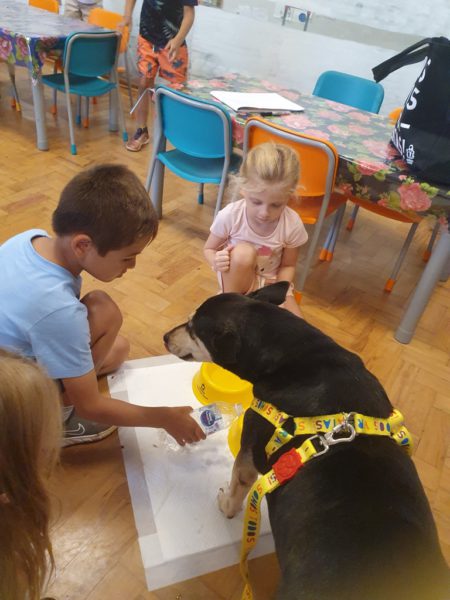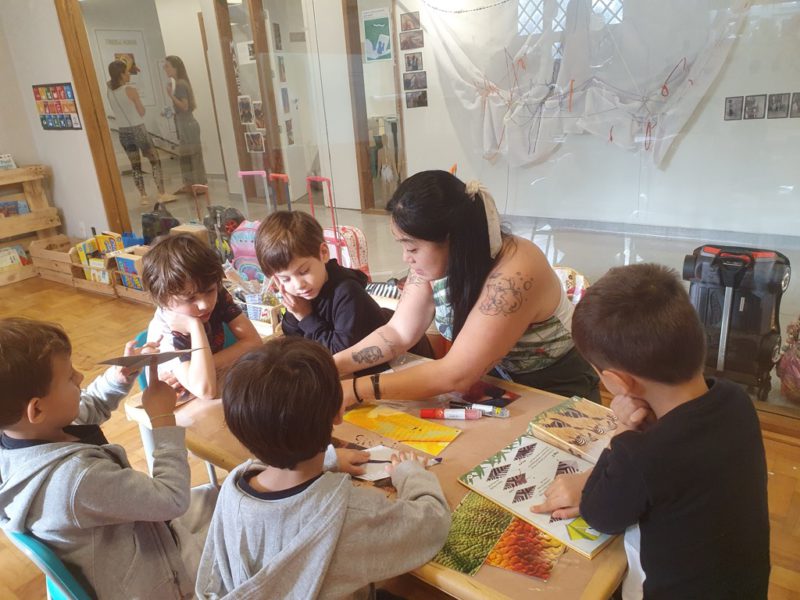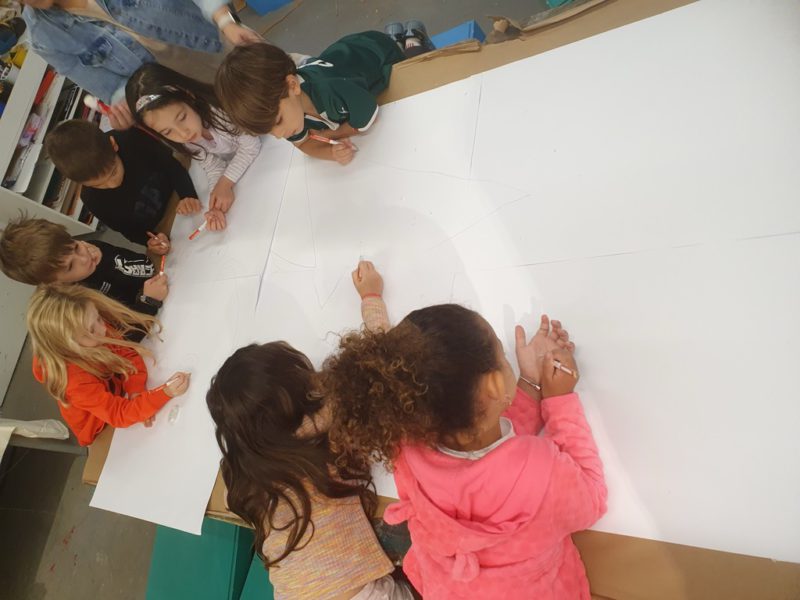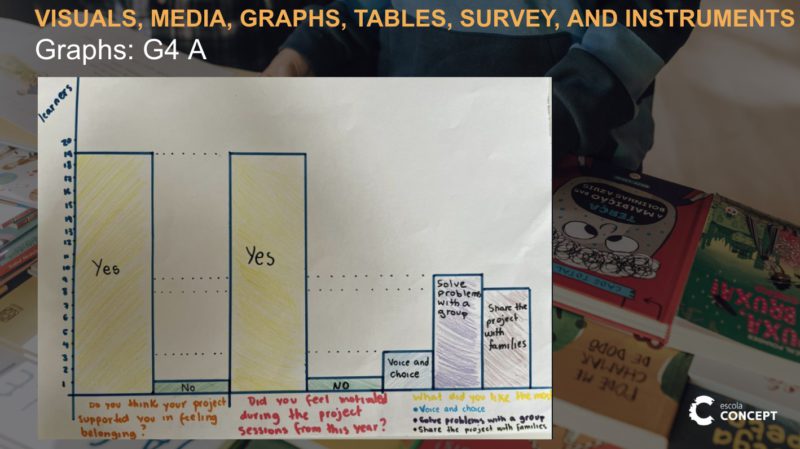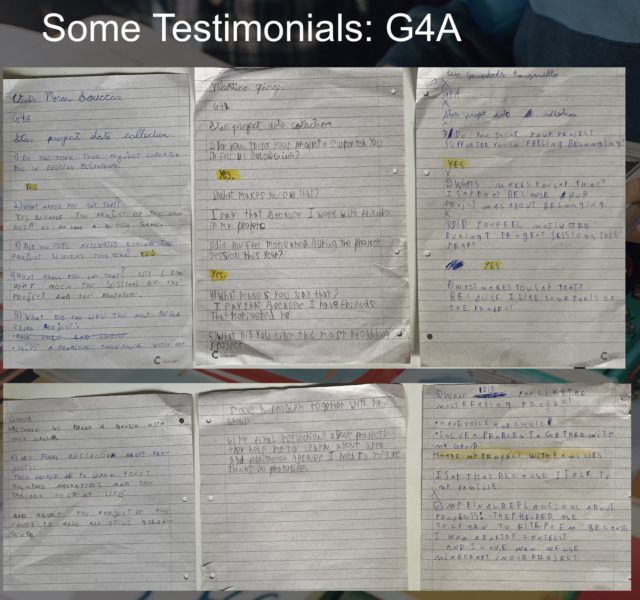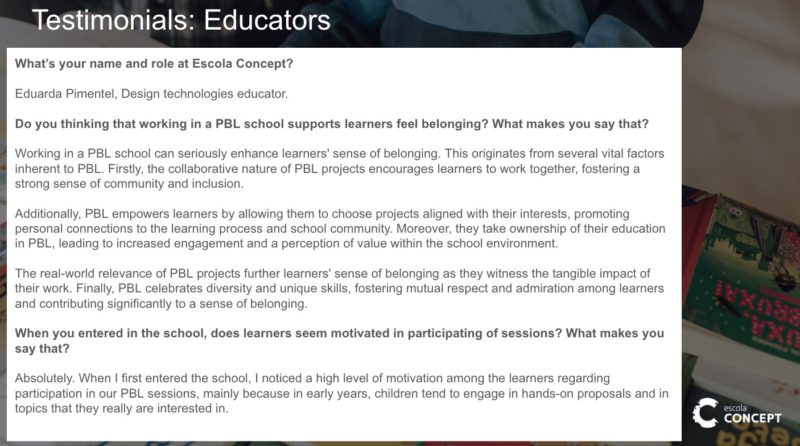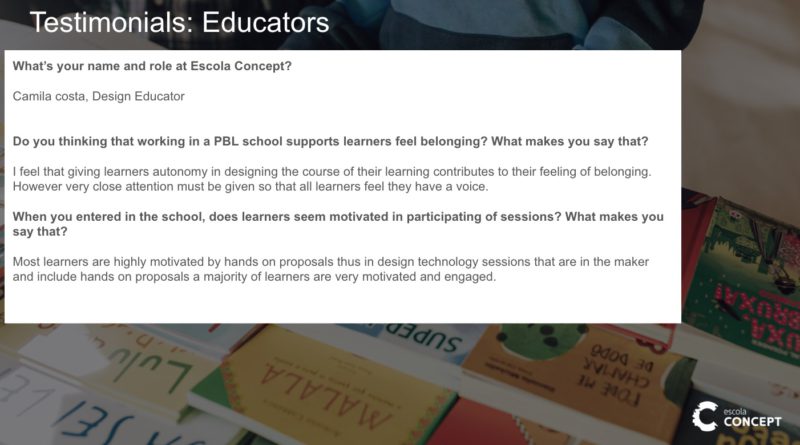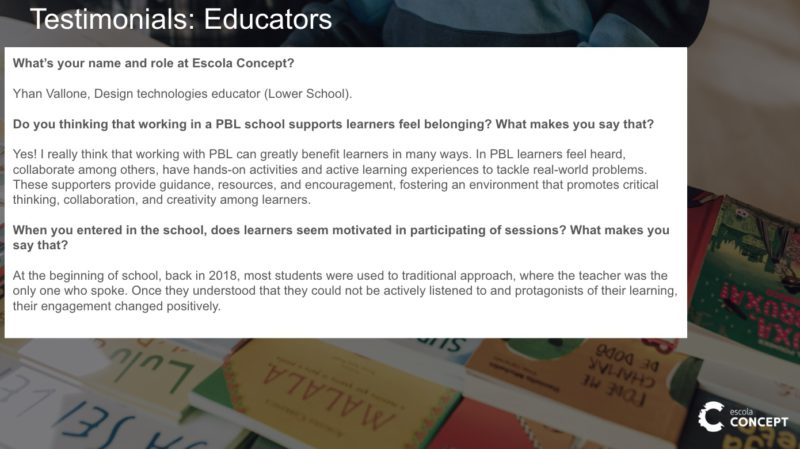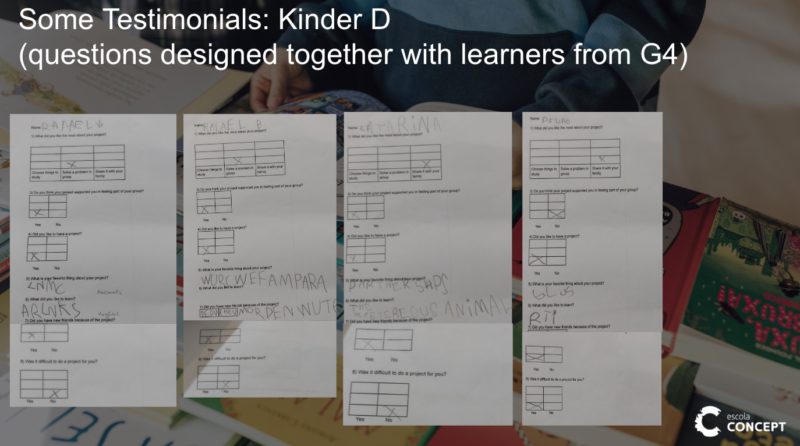Through the lenses of Project-based learning: a zoom-in into kinder D and Grade 4 A worlds
How might PBL (Project-based Learning) support increase the sense of belonging and motivation in learning experiences?
General topic of interest
Belonging is a fundamental human need. Therefore, learners' sense of belonging seems connected to a strong influence on well-being, motivation, and supporting academic achievements. What was observed by the researchers, Yumi and Larissa, was that when learners had voice and choice, they seemed to be happier and engaged in the project flow. According to the previous reflections, working on projects may benefit learners as they seek a world problem solution connected to their interests and daily lives, think interdependently, take responsible risks, and remain open to continuous learning. It makes learning visible and reliable to them.
Participants
Yumi Nicole Tokumaru: Early Years Thought Partner
Larissa Martinez Arten: Lower School Educator
Literature Review
Henderson, M. (Ed.). (2019). Catch a fire: Feeling inquiry and passion through project-based learning. Winnipeg: Portage & Main Press.
Rivard, M., Krechevsky, M., Mardell, B., Wilson , D. (2013). Visible Learners: Promoting Reggio-Inspired Approaches in All Schools. NJ: Jossey-Bass.
Lenz, B., Wells, J., Kingston S. (2015). Transforming Schools: using project-based learning, performance assessment, and common core standards.
Brouwer, J., Jansen, E., Severiens, S., Meeuwisse, M. (2019). International Journal of Educational Research. (https://www.sciencedirect.com/science/article/abs/pii/S0883035519301867)
Data collecting approach
We will use two surveys, one designed by the researchers based on previous home learning shared with grade 4 and another which those students will develop for the young learners (if needed, the team will polish this survey to make sense to the research). By doing this, they will consider the essential keys to learning through projects and come up with reflections summarizing this approach's most relevant outcomes. Regarding face-to-face interviews, to better understand their perceptions without interference, educators will switch grades to interview learners of the other division.
Data collection tools/resources
The researchers intend to use various data to collect information about their topic of interest (with learners and educators). Using individual online and face-to-face interviews, they tried to collect data from learners from G4A and Kinder D. They also based their research on testimonies and visual evidence throughout the semester.
Emerging results
The testimonials presented, which also resulted in a graph, were carefully thought out and answered by Grade 4A and Kinder D. Learners had to evaluate their own experiences of working with projects and their benefits on their learning process, also considering their social-emotional as well.
The results highlighted how the learners felt while working on projects, exemplifying things they enjoyed during the learning and something new they learned. The results were unique, showcasing the richness and variations of their outcomes.
When questioned about what they liked the most about their project, learners demonstrated that making new partnerships and learning visible to their families brought them joy and made them proud of their work, which supports the idea of belonging.
Reflections
After collecting all the data, analyzing it, and having experienced the year through the lens of two groups of learners (Kinder and Grade 4), the researchers realized that all the achievements from the grade levels observed clarified the obvious: it was remarkable how learners were able to explain, revisit, and were the owners of their own learning process, being able to connect learning goals they had learned throughout the year to their own lives and contexts.
They internalized learning because it was meaningful to them; they had a voice and choice and could share their project with a vital audience (their families).
During the process, learners needed to deal with frustration and deadlines, think flexibly to solve issues, and look for new questions supporting the learning journey. They applied their knowledge and discovered themselves performing best, achieving goals, and setting new ones while having fun.


